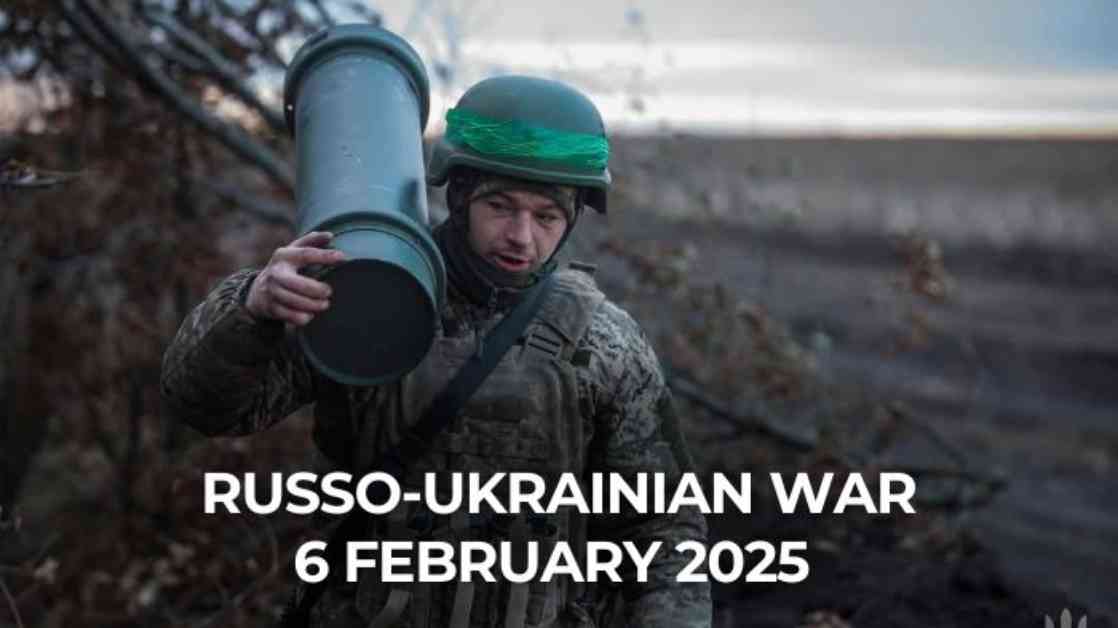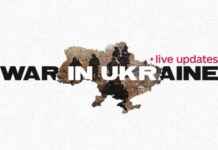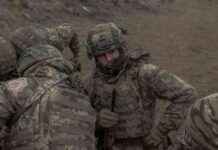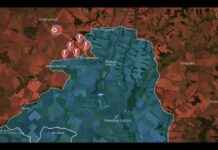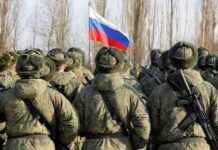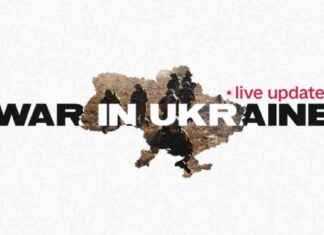Summary:
Ukrainian forces are making significant advances in the Kursk Oblast, with reports of Russian armored push near Pokrovsk resulting in the loss of 9 vehicles. The conflict near Donetsk’s Pokrovsk continues to escalate, with both Russian and Ukrainian forces moving closer to the area. The Ukrainian military reports that Russian casualties near Pokrovsk have surpassed the death toll of the entire second Chechen war. Additionally, Ukrainian forces have struck a southern Russian airfield in Primorsko-Akhtarsk, causing further tensions. The ongoing Kursk operation has led to 40,000 Russian casualties over the past six months. The article also highlights the renewed Russian occupation around Kupiansk in Kharkiv Oblast, as well as the use of horses and donkeys by Russian troops in Ukraine.
Military Advances and Losses
In the latest frontline report, Ukrainian forces have gained ground against Russian troops near Pokrovsk. The Russian armored push ended in the loss of 9 vehicles within hours, showcasing the intensity of the conflict in the region. Notably, a single Ukrainian drone unit managed to eliminate nearly 100 tanks and over 1,000 Russian personnel during operations near Pokrovsk in January. This significant blow to Russian forces underscores the effectiveness of Ukraine’s military strategies in the area.
Both Russian and Ukrainian forces continue to advance near Donetsk’s Pokrovsk, with Russian troops pushing forward in Andriivka and Dachne villages south of Pokrovsk. In response, Ukrainians have made their own advances near Nadiivka, creating a tense standoff in the region. The escalating conflict near Pokrovsk has resulted in catastrophic losses for Russian troops, with Ukrainian military sources reporting that Russian casualties in the area exceed the entire death toll of the second Chechen war. The failure of the month-long offensive to achieve its strategic objectives has further strained Russian forces in the region.
Technological Developments and International Relations
Amidst the military advancements and casualties, there are notable developments in intelligence and technology that are shaping the conflict. Teams from over 20 Ukrainian defense startups have completed an education program in Silicon Valley, gaining valuable mentorship and expertise to accelerate military tech innovation. Additionally, more Dutch F-16s have arrived in Ukraine, strengthening the country’s air defenses, while France has delivered its first Mirage 2000 jets to bolster Ukraine’s combat capabilities.
In the international arena, the retreat of Russia’s “homeless” Mediterranean Fleet as NATO gains control over the Baltic signals a shift in power dynamics. The UK is set to chair a critical defense meeting in the Ramstein format to coordinate Ukraine’s defense needs, highlighting the importance of international support in the conflict. Despite regional support for a Russian victory in Ukraine, political leaders like Polish President Andrzej Duda affirm their commitment to supporting Ukraine’s defense, emphasizing the need to resolve historical issues for present-day cooperation.
The humanitarian and social impact of the conflict is also evident, with reports of religious persecution campaigns resulting in the death of Ukrainian priests and destruction of churches. However, there are positive developments as well, with over 4,000 people freed from Russian captivity, including defenders who spent years in confinement. As the conflict continues to evolve, political and legal developments, such as Ukrainian bonds reaching record highs and potential peace talks under Trump’s peace plan, add layers of complexity to the situation.
